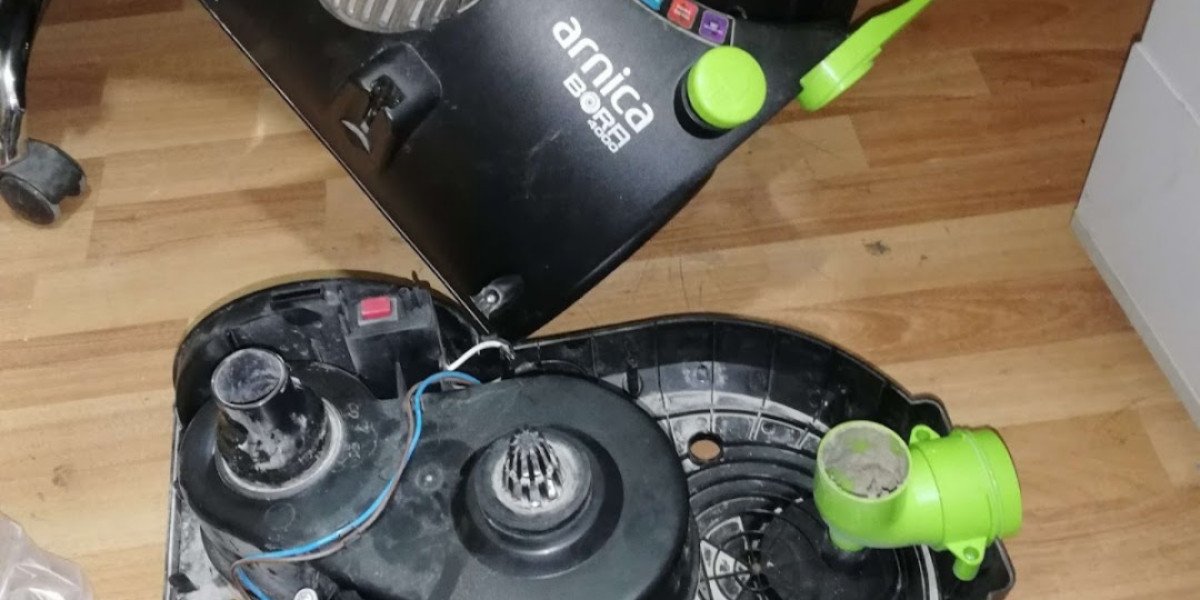At present, most mine hoists use disc brakes, which are used for braking on the hoist and are an important safety device for the hoist. The braking system is safe, reliable, stable in operation and high in safety. The lifter brake is generally composed of an execution system, a drive system, a control system, etc. The main components are brake shoes, brake pads, pistons, disc springs and hydraulic pipelines.
The braking principle of the disc brake is to drive the operation of the mechanical parts through the disc spring and hydraulic power to achieve the function of braking. The pump body is fixed on the bottom plate of the brake, and some brakes use one pump body to control the brake pads on both sides; some brakes use two pump bodies respectively mounted on both sides of the brake disc to control their respective brake pads.
The working principle of the brake is that when the lifter brakes, the pressure of the disc spring forces the piston to move toward the brake disc, pushing the brake pad out, making the pad contact with the brake disc of the reel, and generating positive pressure, Friction is created to generate braking. When the brake system of the lifter releases the brake, the cylinder cavity is filled with pressure oil, so that the piston compresses the disc spring, and drives the brake pad to move backwards away from the brake disc to release the braking force. This way of working is safe and reliable, ensuring that the brake is in the braking state when the hoist system is suddenly powered off or other accidents occur, so as to avoid accidents. The brake pads are fitted into the grooves outside the pump body and fixed with pressure plates and screws. The control system controls the drive system to make the execution system operate according to predetermined requirements.
Before installation, there is an installation preparation work, cleaning and checking each component, adjusting the bolts and screws, and using the two cylinders of the same auxiliary brake to extend the same distance. Temporarily fix the root pain, find the vertical centerline by measuring on the side of the brake disc, and find the symmetrical centerline on the side. Then straighten the assembly, set it up, and pre-tighten the bolts. Lift the disc brake into place, thread the bolts, and tighten.
Leveling and aligning on the side: First, hang two line weights around the main shaft, then adjust the brake seat so that the distance between the ground and the bolt hole is equal, and at the same time, align the direct-acting cylinder with the four benchmarks drawn on the brake disc in advance. , and use a level to measure the four feet of the brake seat. The alignment of the side requires that the symmetrical center of the brake cylinder coincides with the center of the main shaft; the actual friction circle radius should not be less than the design friction circle radius.
Front alignment: Use the temporary hydraulic oil source to release the brake through the disc brake, install the brake shoe, and measure that the same auxiliary brake shoe should be parallel to each other and have the same clearance. Front alignment requires that the distance between the two ends of the support of the same auxiliary brake and the plane of the center line of the brake disc is equal; the brake shoe should be in full contact with the brake disc, and the actual contact surface should not be less than 60%.
By installing the lifter, it has a certain in-depth understanding, and the mechanical parts are driven by the disc spring to achieve braking.








